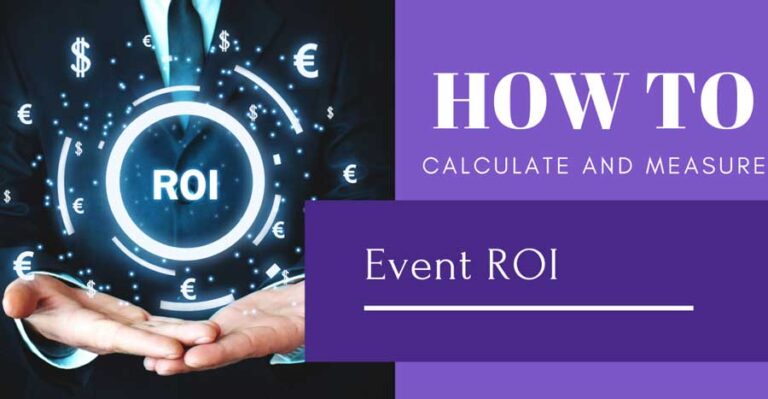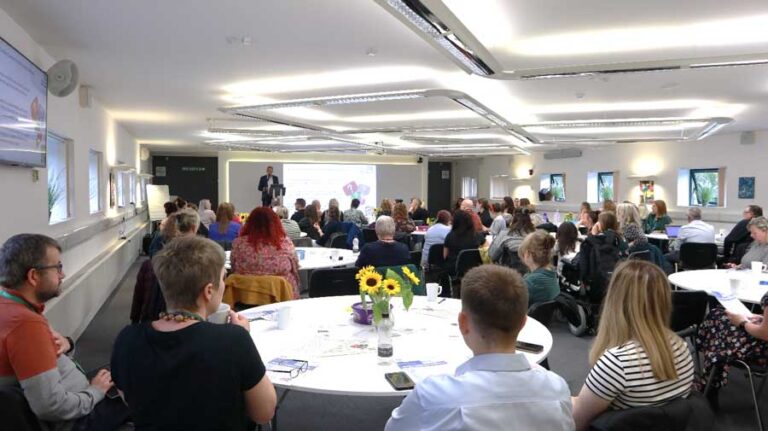In the post-pandemic world, where digital transformation and hybrid experiences have redefined engagement, measuring the Return on Investment (ROI) of corporate events is no longer optional—it’s strategic. Marketing leaders are no longer satisfied with vanity metrics. They demand data-driven insights, real-time analytics, and tools that bridge physical and digital touchpoints.
Why ROI in Events Matters More Than Ever
Corporate events—whether trade shows, conferences, or internal summits—require significant investment in logistics, technology, and talent. However, justifying the impact of these events means connecting the dots between costs and tangible business outcomes: lead generation, brand engagement, customer retention, or actual revenue.
According to Forrester (2024), over 68% of CMOs now prioritize real-time data collection during events to adjust strategies on the fly. Event ROI isn’t just a post-event report—it’s a live, evolving metric.
Defining Event ROI: Beyond Financial Metrics
Event ROI isn’t only about how much money you made—it’s also about:
-
📈 Brand visibility
-
🤝 Lead quality and conversion rate
-
💬 Attendee engagement and satisfaction
-
📣 Social media buzz and earned media
-
🎯 Strategic alignment with business goals
Tools like Salesforce, HubSpot, or Zoho CRM can help connect registrations, interactions, and conversions back to specific campaigns or sessions, giving actionable ROI insights.
The Rise of Real-Time Event Analytics
Thanks to AI and cloud-based event platforms, data collection is no longer limited to feedback forms. Technologies like:
-
RFID/NFC badges
-
Face recognition check-ins
-
Heatmaps & dwell-time sensors
-
QR-based interaction tracking
-
Virtual engagement tools (polls, live chat, gamification)
…all contribute to multi-dimensional attendee profiles.
Platforms like Bizzabo, vFairs, and Fielddrive integrate with BI dashboards (e.g., Tableau, Power BI) to deliver real-time performance reports on audience behavior, conversion funnels, and session impact.
Key Metrics That Matter
To accurately assess your event’s ROI, focus on these metrics:
| Metric | Description |
|---|---|
| Net Promoter Score (NPS) | Measures loyalty and brand advocacy |
| Engagement Rate | Interactions per session or feature |
| Conversion Rate | From registration to attendance to lead |
| Lead Score | Based on profile and behavior |
| Session Retention | Average time spent per session |
| Cost per Lead (CPL) | Event spend divided by qualified leads |
Pro tip: Don’t wait until after the event—set KPIs in advance, and monitor them during the event lifecycle.
From Data to Strategy: Closing the Feedback Loop
Raw data means little without context. That’s why top-performing marketing teams implement feedback loops, integrating:
-
Pre-event surveys to shape content
-
In-event behavior tracking for optimization
-
Post-event analytics for future planning
-
Predictive AI to identify warm leads and behavior patterns
Hubilo (2024) reports that companies using predictive analytics in event follow-up see a 22% higher lead conversion rate.
Event ROI Is a Cultural Shift
Ultimately, evaluating event success is not a one-time task—it requires organizational alignment. Teams need to:
-
Work cross-functionally (marketing, sales, ops, IT)
-
Define what success means per event type
-
Invest in training and dashboards for insight visibility
-
Shift mindset from events as “cost centers” to “value creators”
Final Thought
In 2025 and beyond, data-driven event ROI is no longer about proving value after the fact—it’s about strategically optimizing impact before, during, and after. The companies that lead this shift will not only run better events—they’ll build stronger relationships, smarter brands, and more resilient growth engines.


